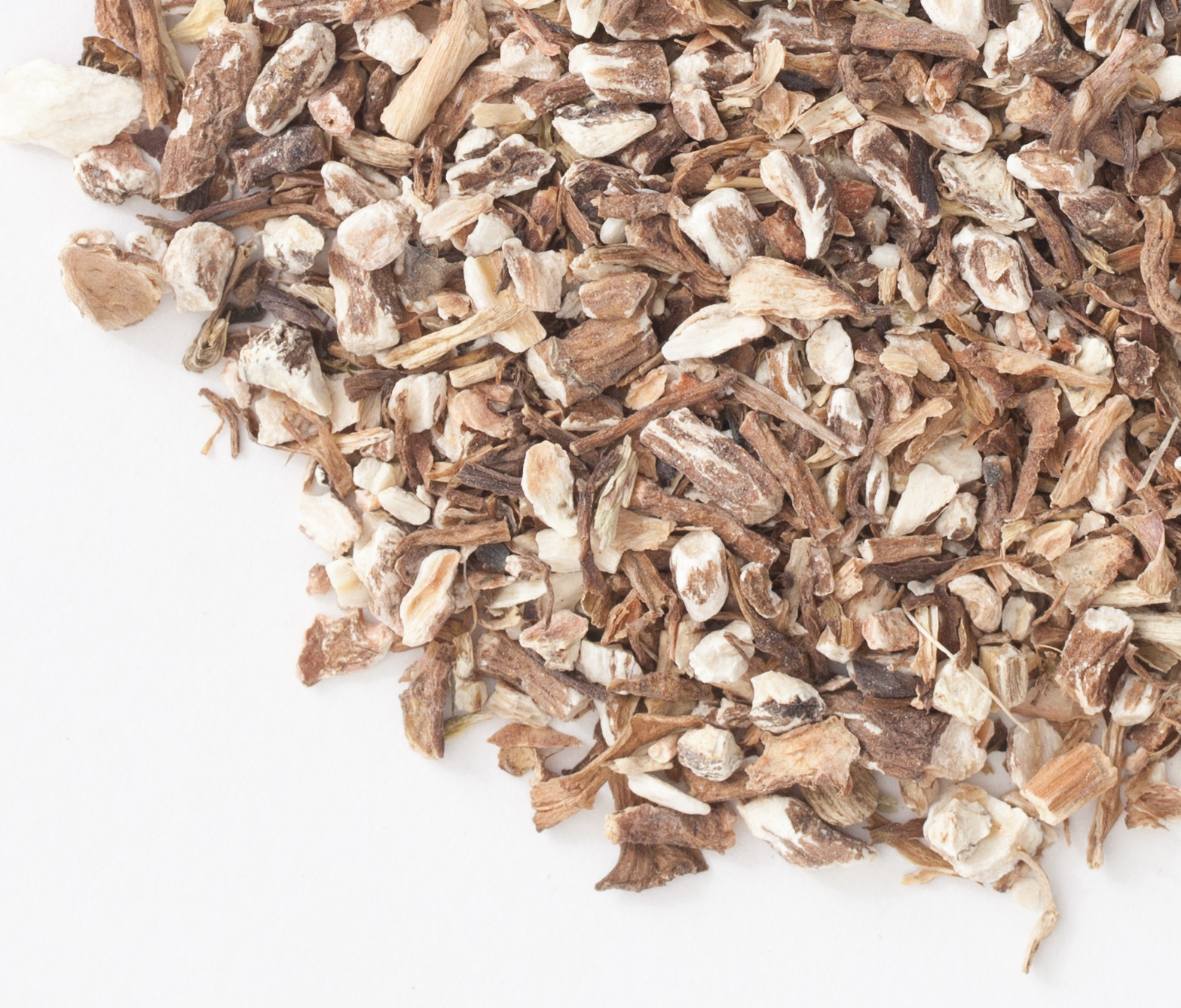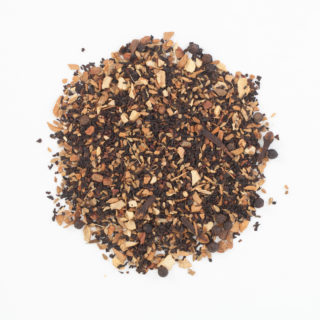Licorice root is one of the most widely used medicinal herbs worldwide and is the single most used herb in Chinese medicine today. It was used by the Egyptians as a flavoring for a drink called Mai-sus, and large quantities were found in the tomb of King Tut for his trip into the afterlife. Pliny the Elder recommended it to clear the voice and alleviate thirst and hunger. Dioscides, when traveling with Alexander the Great, recommended that his troops carry and use licorice to help with stamina for long marches, as well as for thirst in areas of drought. In the Middle Ages it was taken to alleviate the negative effects of highly spicy or overcooked food. It was also used for flavoring tobacco, and as a foaming agent in fire extinguishers and beer. In a recent survey of Western medical herbalists, licorice ranked as the 10th most important herb used in clinical practice. An astonishing number of Chinese herbal formulas (over 5,000) use licorice to sweeten teas and to “harmonize” contrasting herbs. Its first documented use dates back to the time of the great Chinese herbal master Zhang Zhong Zhing, about 190 AD, but it was certainly used for many centuries prior to this. In 1914 the Chicago Licorice Company began to sell Black Vines, the first in a very long line of licorice based modern candies.
- Uzbekistan
- The distinctive flavor and sweetness of licorice comes from the glycyrrhizin that composes up to 25% of the root’s makeup. The root itself is hard and fibrous, and is thus typically used for food only as a liquid flavor infusion. In fact, many licorice flavored candies include no real licorice, and are instead flavored with similarly flavored spices such as anise and fennel. Medicinally, Chinese licorice is a renowned component of traditional Chinese medicine, and is recognized as one of its fifty fundamental herbs. It shares many of the constituents common with Glycyrrhiza glabra, but uniquely, it also contains the flavonoid quercitin, which has been studied for a variety of medical uses. Chinese licorice is not as well studied as its European counterpart, but both are indicated for many of the same functions. Licorice root may be used to assist with upper respiratory catarrhs and is recognized by traditional Chinese practitioners as an adaptogen, helping the body to cope with daily stress. It may also be used to relieve minor abdominal discomfort, and is used in the herbal preparation STW-5 to alleviate dyspepsia.
- Caffeine-free
- Root (rhizome)
- Don’t use licorice if you have high blood pressure, and don’t use licorice if you eat a meat and potatoes diet. Your body needs potassium from fruit and vegetables to compensate for the excretion of potassium stimulated by licorice. If you use steroids or an asthma inhaler, licorice will increase both the effectiveness of the drug and the severity of its side effects. Its long term use is not recommended, and it is not recommended for use by pregnant women. May cause stomach upset if taken in large quantities. For educational purposes only. This information has not been evaluated by the Food and Drug Administration. This information is not intended to diagnose, treat, cure, or prevent any disease.
Brewing Guide
212F/100C
1-2 tsp/8oz
5-10 min
You must be logged in to post a review.






Reviews
There are no reviews yet.